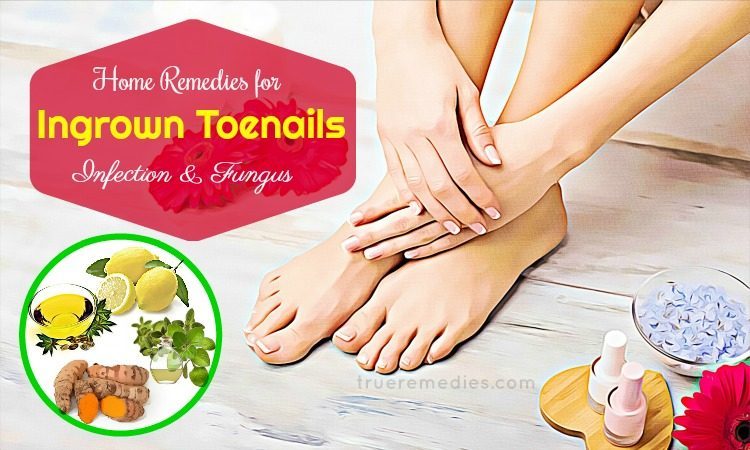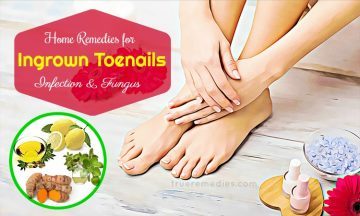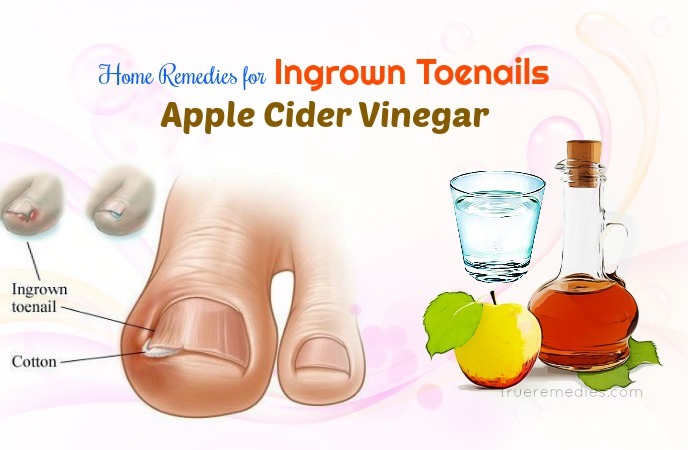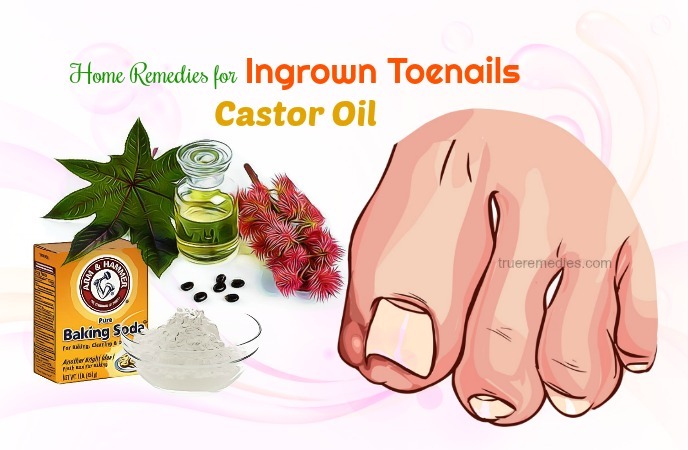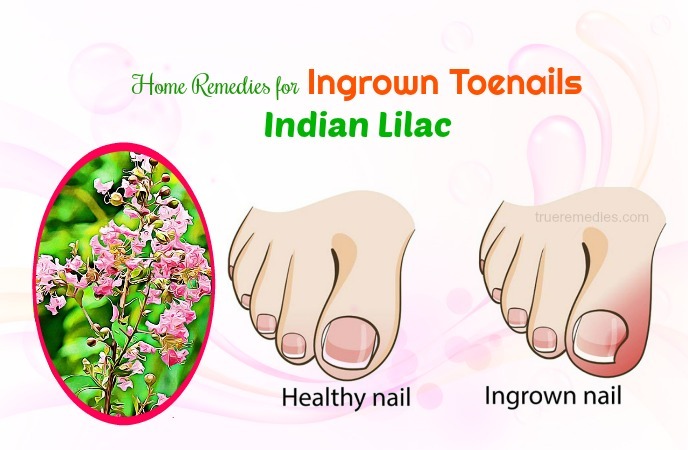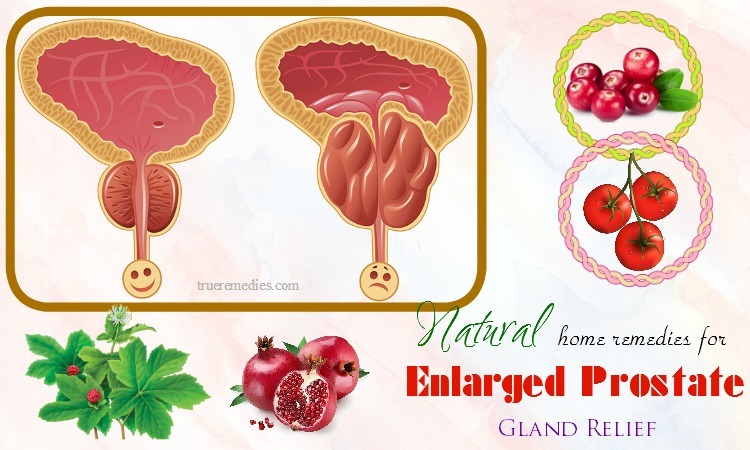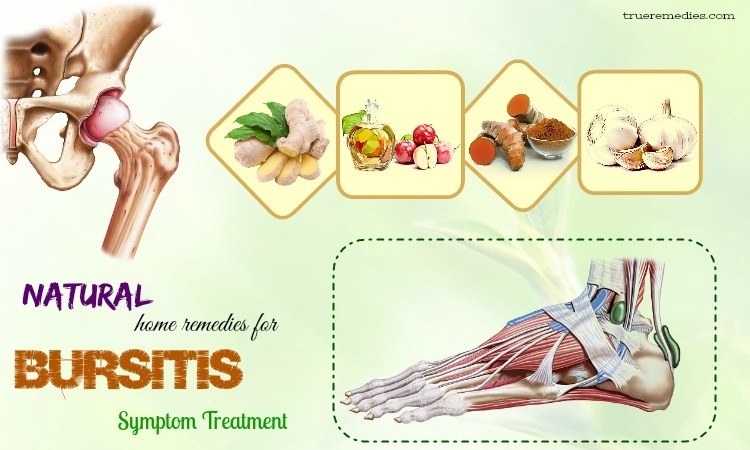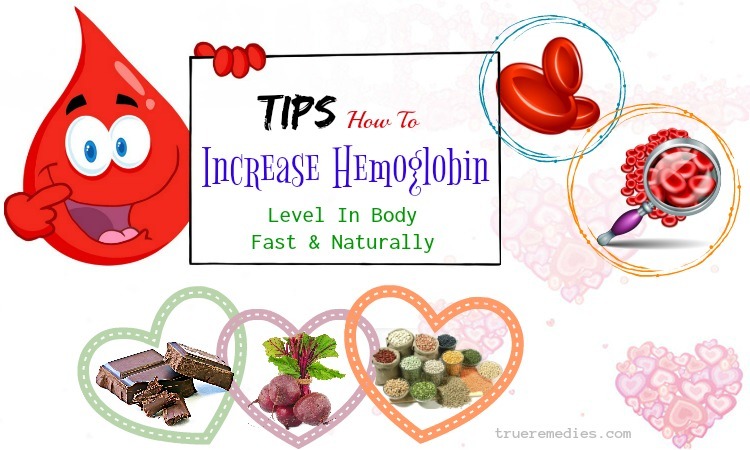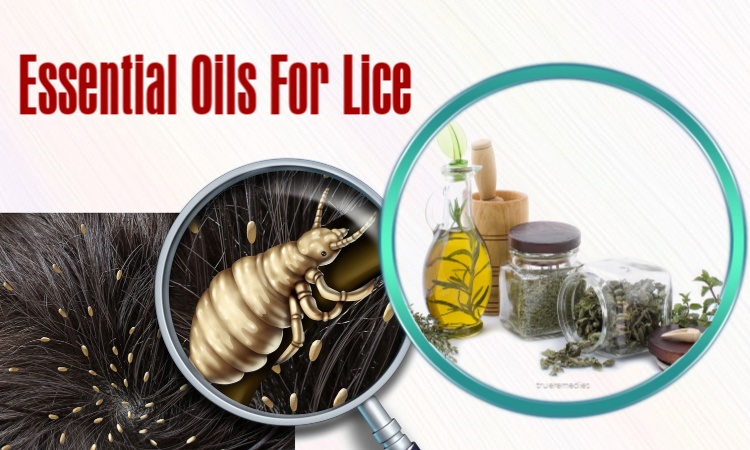updated: 11/20/2019
CONTENTS
If you or your family member has ever had ingrown toenails, then you may know how painful it can be. Not only that, it is rather annoying as you use your toes in your daily movement, and this use and constant knocking seem to worsen the nails more.
An ingrown toenail, also known as onychocryptosis in medical terms, might happen at any age and is considered the most common toenail issues[1]. It could be a painful condition which could become infected once not appropriately cared for. Now, you may want to know how to get rid of an ingrown toenail, right? This article will share with you the best home remedies for ingrown toenails infection and fungus. These home remedies will help you reduce the pain and other symptoms caused by ingrown toenails.
- How to remove nail fungus fast at home
- Home remedies for nail growth and strength
- How to grow nails fast
What Is An Ingrown Toenail?
An ingrown toenail can be overgrown toe skin. Ingrown toenails are divided into 3 main categories: stage 1- mild, stage 2-moderate, state 3- severe. The mild cases of ingrown toenails are featured by nail-fold swelling, erythema, pain, and edema with the pressure. The moderate cases are accompanied with enhanced swelling, infection, drainage, and ulceration of the fold of the nail. Severe cases of this condition exhibit chronic inflammation as well as granulation, and marked nail-fold hypertrophy.
When the edge of the toenail breaks into the skin, it will produce inflammation. This condition often affects the toenail, especially the big toe. Those people with thick or curved nails seem to be likely to have this condition, despite anyone could suffer from this condition as a consequence of an injury, improper grooming of feet, and poorly fitting shoes. Besides, people with vascular problems, diabetes, or numbness in the toes have to be aggressive in both treating and preventing an ingrown toenail as they could lead to some serious complications, such as losing a limb.
Also, an improperly trimmed or damaged nail could become ingrown, which burrows into the toe skin at the nail side. The affected area could turn into infected and painful, and might not heal till the nail is eliminated. In order to avoid ingrown toenails, you should trim your nails straight ahead[2].
TrueRemedies Partner Solutions

Need a Help from the Leading Expert Online, Available 24/7?
They’re all here and ready to answer your questions online or by phone. Keep asking questions until you get the answer you need.
What Are Causes Of Ingrown Toenails?
Some common causes of an ingrown toenail are:
- Heredity: In a lot of people, the risk of ingrown toenails is inherited.
- Improper trimming: One of the most common causes of ingrown toenails is cutting the nails too short. This will encourage the surrounding skin to fold over the toenail. Then, this nail could push into the skin and pierce it.
- Toenail injury: If you drop something on the toe, or kicking something hard, it could result in ingrown toenails.
- An unusual curvature: It increases the potential that the nail will develop into soft tissues, leading to possible infection and inflammation.
- Posture: The way a person stands or walks could impact the chance of having ingrown toenails.
- Excessive sweating and poor foot hygiene: If the skin on the feet and toes is warm and moist, chances are, an ingrown toenail may develop. The fungal infection even increases this risk.
- Footwear: Socks or shoes which crowd both the toes and toenails can boost the risk of ingrown toenails. Shoes could be very tight as they are too narrow, too short and too flat at the end. Also, using tight-fitting tights, socks, and stockings might lead to ingrown toenails.
- Genetic factors: Some individuals are born with the larger toenails[3] [4].
- Weight-bearing: Ingrown toenails are caused due to weight-bearing in patients having soft skin tissue on the sides of the nail.
Symptoms Of Ingrown Toenails?
The pain and swelling associated with an ingrown toenail may arise because of abnormalities or injury to the toe structures, including bones, nerves, soft tissues and blood vessels. Toe pain is a rather common symptom because the human feet are exposed constantly to injury by running, walking, moving around or other athletic activity.
Some kinds of the toe pain could be associated with burning, numbness, warmth, and other symptoms.
When the nail pierces the toe skin, bacteria could break in, causing an infection. The area impacted will become swollen, warm, red, and painful. There might be pus and bleeding.
Anyone with symptoms of infection had better seek medical help, either an orthopedic surgeon, a primary care physician or specialist of foot care, aka podiatrist.
When To See A Doctor?
You should call your doctor if the ingrown toenails get infected, the pain does not disappear after attending to the nail, or if your nails are hard or thick that you could not relieve this condition. Sometimes, medical intervention is necessary, particularly for those with diabetes, who are at risk of complications due to foot infections[5]. Surgical treatment may be required if the ingrown toenail problem is severe.
Top 14 Home Remedies For Ingrown Toenails Infection & Fungus Removal
1. Apple Cider Vinegar
Apple cider vinegar comes with anti-inflammatory and antiseptic properties that may relieve the symptoms associated with ingrown toenails[6]. Furthermore, the mild acidic nature of this ingredient may help prevent the infection.
Method 1:
- Mix raw, unfiltered apple cider vinegar and water with the ratio of 1:1 and put them in a small foot tub.
- Soak the affected toenail in the mixture for 20-30 minutes.
- After that, dry out your nail entirely.
Method 2:
- Soak a clean cotton ball in the raw, unfiltered apple cider vinegar
- Place it over your affected nail and use a bandage to cover it for several hours before removing it
2. Hydrogen Peroxide
Being a disinfectant, hydrogen peroxide may reduce the potential risk of infection and reduce inflammation and pain associated with ingrown toenails[7] [8].
- Put ½ cup of hydrogen peroxide in a small tub containing warm water
- Soak your affected nails in this solution for about 20 minutes
- Do this 1-2 times per day
3. Hot Water And Epsom Salt
Epsom salt possesses high magnesium content that may fight inflammation and provide immediate relief from the swelling and pain in the affected area[9].
What you need to do is taking some hot water and adding Epsom salt into it. After being done, soak the affected toenail in the mixture. This solution will make the toenail soft. After your toenail is soft a little bit, you dig into the toe in a gentle way and file that nail upwards. Then, soak your toe into Epsom salt water once again and use a bandage to cover it. This will not only help heal the inflammation associated with an ingrown toenail but also vanish it in several days[10].
4. Lemon
Lemons may help heal the swelling and pain resulted from ingrown toenails[11] [12]. The acidity and anti-pathogenic properties in it may cure the infection. Here are two natural methods you can use this ingredient for ingrown toenail removal:
Method 1:
- Take a fresh lemon to slice
- Place a slice over your affected area
- Use gauze to wrap it and wait till the next morning
- Use a wooden orange stick particularly designed for nails to pry open embedded nail till it releases.
- Then, roll a piece of cotton and place it over the affected area
Method 2:
- Cut a few slices of lemons and soak them in warm water
- Soak your feet in this water for about 20 minutes
This will help relieve the pain and soften the affected area in all natural ways.
5. Tea Tree Oil
Tea tree oil has natural antiseptic and disinfectant properties which may be used to provide relief and cure ingrown toenails. It also consists of antibacterial and antifungal agents that may prevent the growth of bacteria and fungus on the infected toenail[13] [14].
Use a cotton swab which is dipped in the oil to apply to your affected toe for 3-4 times per day. This will help reduce the infection resulting from an ingrown toenail.
Note: You can also combine peppermint oil or lavender oil or oregano essential oil with tea tree oil to remove the issue.
6. Turmeric
With the compound named curcumin, which has antimicrobial, antiseptic and anti-inflammatory properties, turmeric is an excellent solution to ingrown toenails[15] [16]. This ingredient has a long history of medicinal use, with a lot of benefits, primarily thanks to the curcumin[17]. It is great for alleviating the pain and inflammation while making the nail grow appropriately.
- Mix 1 teaspoon of organic turmeric powder with ½ teaspoon of mustard oil to have a good paste
- Apply it to your affected area and use a band-aid to secure it
- Wait for several hours or overnight
- Repeat this 2-3 times per day to treat ingrown toenails
Alternatively, you can use curcumin-containing antibiotic creams on the tender area and take a bandage to cover it. Repeat this routine twice or thrice per day.
You can also combine turmeric powder with milk and drink this solution 1-2 times per day to alleviate the infection and pain.
It is also a good idea to add turmeric to your daily diet to help lessen swelling and inflammation of the ingrown toenails because its powerful compounds may stimulate the blood flow and boost healing while decreasing the pain.
7. Castor Oil
Castor oil contains some essential nutrients and potent healing chemicals. It may increase the circulation, so using it on the affected area will make the skin become soft and relieve ingrown toenail[18]. What you need to do is:
- Apply some castor oil to your affected nails regularly
- Or, mix castor oil with baking soda and apply the mixture to your affected area. Wait for several minutes before rinsing it off with water.
8. Onion
Onions contain great anti-inflammatory properties which may help treat multiple diseases, including an ingrown toenail[19]. They have compounds such as allicepin, which holds antifungal agents, and may thus be used to prevent the growth of fungus on the infected toenail[20].
What you have to do is:
- Cook onion and blend it after boiling
- Put it to a sterile piece of gauze while it is still warm
- Apply that poultice to your affected area and use a bandage to cover it
- After 2 hours, remove it
9. Ginger
Ginger is a great blood flow stimulator, anti-inflammatory and a natural pain reliever[21] [22]. Its anti-inflammatory and antibacterial activities[23] may help you to deal with ingrown nails and treat bacterial infections.
To treat ingrown nails from inside out, you can add 1-2 teaspoons of ground ginger to your daily meals. You can also try other methods described below:
Method 1:
- Apply the crushed ginger paste to your infected toe
- Use a cloth to cover it and remove it after a few hours or in the next morning
Method 2:
- Mix 4 teaspoons of ginger root with 1 teaspoon each of cayenne pepper and sesame oil
- Apply the mixture to your infected toe by using a cotton swab 3-4 times per day
10. Potassium Permanganate
Being a great disinfectant, potassium permanganate may keep your toes and feet clean[24]. Also, it has tremendous antiseptic properties and is particularly used to treat fungal infections or canker sores[25]. But, remember to use it in a very small amount.
To make use of this ingredient, add just a little bit of potassium permanganate in a water bucket and then submerge your feet in it for 15 to 20 minutes to relieve pain and inflammation caused by an inflammation of the affected toe.
Note: This treatment might cause some discoloration of your feet for several weeks or so.
11. Indian Lilac
Aka Neem, Indian Lilac possesses inflammation-reducing along with pain-suppressing properties[26] that may lessen pain, swelling, and inflammation caused by an ingrown toenail[27]. It even helps reduce the potential risk of getting an infection and encourage the healing process.
- Take a handful of Indian Lilac leaves and put them in 4 cups of water
- Boil it up and strain it
- After it cools down a little bit, you soak your affected area in the solution for 10-15 minutes
- Dry your toes thoroughly and repeat it twice per day
For better results, before hitting the hay, apply some neem oil to your affected area, wait for the next morning to remove it off. Do this every day.
Do’s And Don’ts
Do’s:
- Wash your nails and feet with water and soap for 3-4 times per day
- Maintain good foot hygiene to prevent the infection from growing more
- Wear open and comfortable footwear
- Have a proper diet plan containing vitamins and protein-rich fruits and veggies to make your toenail healthier.
- Use a good quality moisturizer on your affected area to soothe it and make it softer so that the ingrown toenail could be cut quickly.
- Use antibiotic cream or ointment on your problematic toe to kill off the bacteria and finally stop the infection from spreading. Use a bandage to cover it.
- Inspect the problematic toe to notice signs of infection, like increased pain, swelling, redness or drainage of pus.
- People with diabetes had better check their feet every day for signs of infection and other foot problems
- If the ingrown toenail still remains for several weeks or shows some terrible signs, you had better consult a doctor to avoid any complication.
Don’ts
- Avoid taking a pedicure upon suffering from an ingrown toenail
- Avoid trimming your nail too short.
- Do not consume too much sugary food
- Do not wear colorful socks because the dyes in them might make your situation worse.
Tips To Cut An Ingrown Toenail:
Cutting nails straight across can help you avoid ingrown toenails. Cutting ingrown toenails could be hard, which is the reason why you should be very careful to do it. Some detailed guidelines are:
- Soak your feet in the warm water which is mixed with castile soap or Epsom salt for approximately 20 minutes. This will help soften the surrounding skin and toenail and decrease swelling as well.
- Use clean fingers to push back the swollen skin. Avoid forcing it back more than your swollen skin allows.
- Cut the nail quickly and straight across. Begin from the edges, cut from the nail’s sides, not from the middle.
- Put a small clean piece of cotton in between the skin and ingrown nail to prevent the ingrown nail from coming back, letting it develop properly
- Apply one of the methods described before to the area, use a band-aid to cover it.
Ingrown toenails are painful but treatable as long as you are serious about treating them. Even if it seems rather silly to consult a doctor for a toenail, the circumstance of never having to cope with it again will feel worth it.
Hope that after reading this article, you can choose some of them to apply to your real case and achieve good results. If you know any other natural home remedies for ingrown toenails, then do not hesitate to share your experience with us by dropping words at the comments box below.

